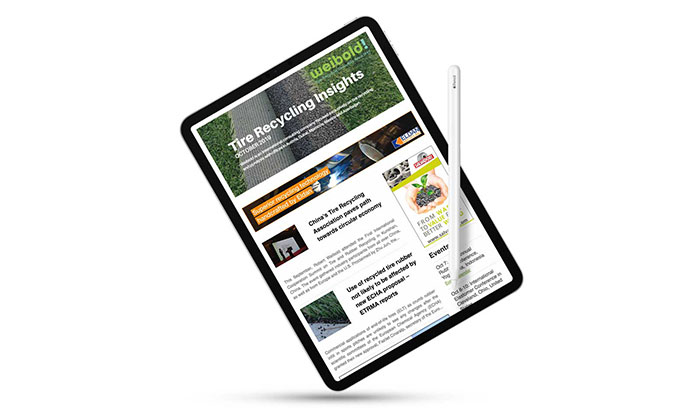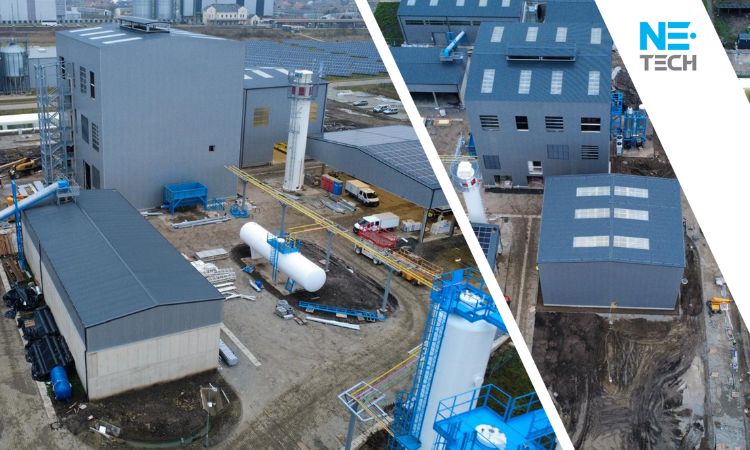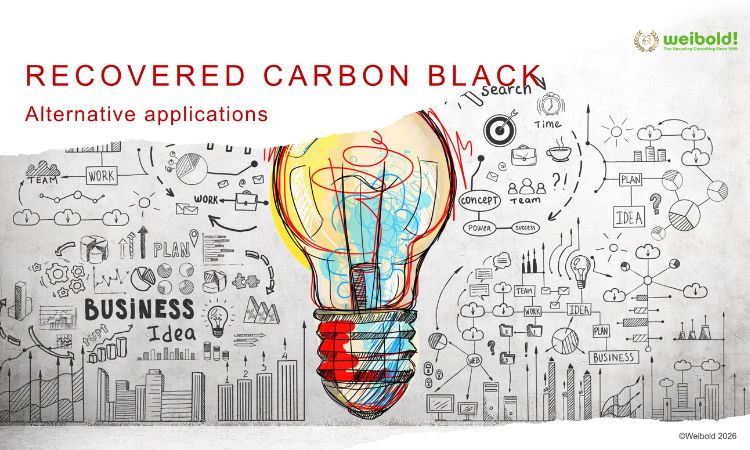New Australian steel manufacturing project aims to see trains roll on recycled tires
Manufacturers’ Monthly magazine reports that a steel manufacturing process using waste rubber feedstock has been commercialized in a collaborative project with Australian steel manufacturer and TSA Accredited Recycler Molycop, The University of New South Wales (UNSW), Crawford Boots, and the American Minority General Contractors (AMGC).
Molycop's electric arc furnace (EAF) in Newcastle uses less energy and produces fewer emissions thanks to the new polymer injection process, which also prevents waste rubber from going to the landfill.
The technology, which was created in association with Crawford Boots, the Advanced Manufacturing Growth Centre (AMGC), and the UNSW Sustainable Materials Research and Technology (SMaRT) Centre, will now be made available for export to global EAF operators.
To replace imported carbonaceous material used in the company's EAF in Newcastle, the process comprises maximizing the recovery and utilization of waste rubber from end-of-life vehicle tires, conveyor belts, and rubber safety boots.
Molycop's reliance on imported carbonaceous materials is reduced by up to 20% as a result of the development of this innovative technology, which also prevents up to 90,000 tires from ending up in landfills, lowers the steelmaker's electricity consumption, and lowers scope one carbon emissions.
As a source of the carbon and hydrogen required for the production of steel, the company has created a method to maximize the utilization of rubber crumb (polymer).
Molycop’s president of sustainability, Ian Tooze said that sustainability is core to the company’s strategy and integrated into how Molycop does business. Displacing fossil carbon materials is a key objective in Molycop’s decarbonisation pathway.
“We are investing in innovative solutions that improve the ways we reduce the consumption of virgin raw materials, recover valuable materials from waste streams, minimise waste and reduce our carbon footprint. What we have developed is yielding results and delivering outcomes for Molycop, our customers and communities in which we operate.
“This project proves that Australia can develop and, critically, commercialise new and innovative ways to address waste and emissions that also benefits steelmakers’ bottom lines and the environment. Through AMGC we have bridged that commercialisation gap, developing a product, process and system that can now be offered to global EAF steelmakers.”
Read the full article by Manufacturers’ Monthly click here.
Weibold is an international consulting company specializing exclusively in end-of-life tire recycling and pyrolysis. Since 1999, we have helped companies grow and build profitable businesses.









